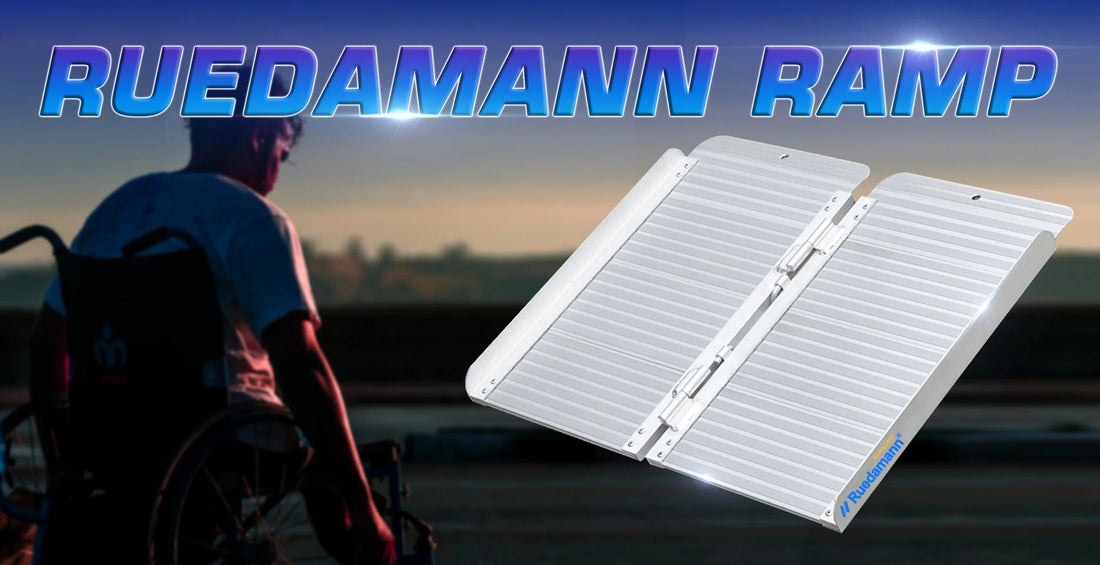Choosing a suitable wheelchair ramp involves considering several factors to ensure it meets the needs of the wheelchair user and the specific environment where it will be used. Here's a step-by-step guide to help you select the right wheelchair ramp:
1. Assess Accessibility Needs: Understand the specific requirements of the wheelchair user, including their mobility capabilities, the type of wheelchair they use, and any assistance they might require.
2. Evaluate the Environment: Consider where the ramp will be installed. Assess factors such as the available space, the height of the steps or obstacles to be navigated, and any obstructions that may affect the ramp's placement.
3. Determine Ramp Type: Choose the most suitable ramp type based on the environment and the wheelchair user's needs. Common types include:
- Modular Ramps: These are versatile and can be adjusted in length, height, and configuration. They are suitable for both temporary and permanent installations.
- Threshold Ramps: Ideal for overcoming small obstacles like door thresholds or small steps.
- Portable Ramps: Lightweight and easy to transport, these ramps are suitable for temporary use or when accessibility needs to be provided in multiple locations.
- Permanent Ramps: Constructed from durable materials like concrete, aluminum, or wood, these ramps offer long-term accessibility solutions for buildings or facilities.
5. Check Weight Capacity: Verify that the ramp can support the weight of the wheelchair user and any accompanying equipment, such as mobility aids or caregivers.
6. Ensure Safety Features: Look for ramps with safety features like non-slip surfaces, handrails, and edge guards to prevent accidents and ensure stability during use.
7. Consider Installation and Maintenance: Evaluate the ease of installation and ongoing maintenance requirements associated with the ramp, including cleaning, repairs, and any necessary adjustments.
By considering these factors, you can choose a wheelchair ramp that provides safe, convenient, and accessible passage for wheelchair users in your specific setting.

